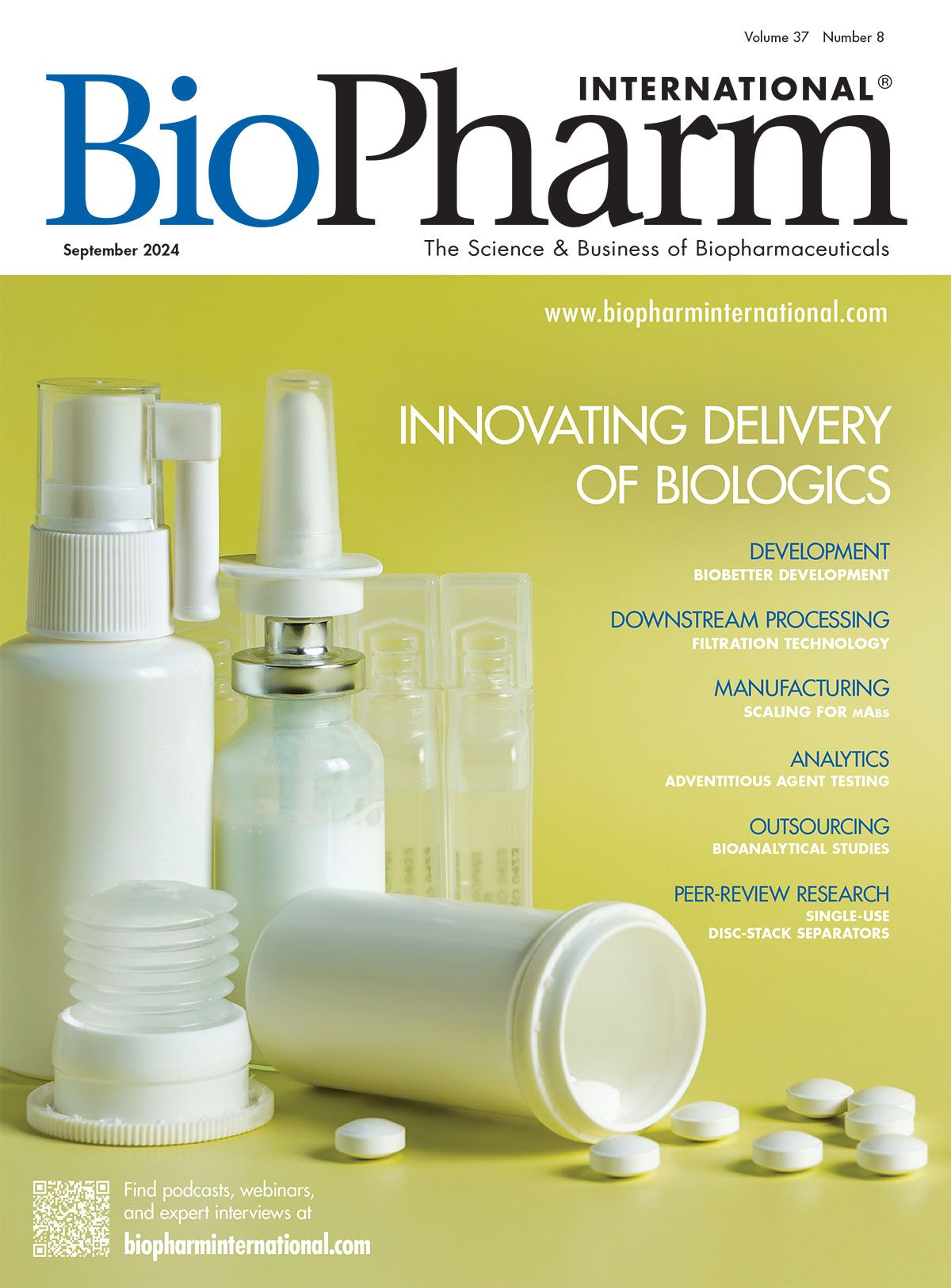Keeping Audit and Inspection Programs Current
Updating your audits and inspections program ensures inspection preparedness, says Siegfried Schmitt, vice president, Technical at Parexel.
Cancer Question | Image Credit: ©freshidea - Stock.adobe.com

Q: We are revising our audits and inspections programs and wanted some advice on best practices. How can we limit the number of on-site audits or inspections?
A: Companies need to find the right balance between the different types of audits, be it a questionnaire, a remote (virtual) or an on-site audit, or a combination of these. A number of reasons have to be taken into consideration, including criticality of the product or service, the feasibility of the type of audit, the regulatory expectations, and others. Here, the company is in charge of the decision making.
This is different in the case of inspections. It is at the discretion of the inspecting authority what type of inspection they will perform. The inspected company can greatly help such an inspection succeed if they are suitably prepared for the various scenarios, especially with regards to remote inspections.
Let us first address the audit program. It is essential to understand that there are fundamental differences between the different types of audits. The following examples shall exemplify this.
A third-party logistics (3PL) company with its own warehouses and fleet of transport vehicles is to be audited. The 3PL fills in a questionnaire sent by the customer. According to the answers, the company is in full compliance with all good distribution practice requirements. The customer decides to perform a virtual audit of the 3PL. This allows for a review of the actual documentation and a virtual site tour. Everything is clean, and there is sufficient space for performing the work. All seems to be fully compliant. However, the customer decides to perform an on-site audit. The documentation is the same; although, it is now possible to have several documents next to each other and cross-reference easily. Importantly, the premises and operations can now be seen firsthand, making it possible to see problems such as cracks in the concrete floor of the warehouse, paint peeling off the wall, insect traps that hadn’t been cleaned for too long, aisles blocked by pallets because there actually isn’t enough space, and electronic access controls being bypassed by doors that were propped open. Just be aware.
In reverse, if you the customer get inspected, you do not want to be the one who isn’t open and honest. You want to present truthfully what you do and how you do it. And this you want to do equally well, whether it is a virtual or an on-site inspection. Plenty has been published about preparing for on-site inspections, and companies are usually well prepared. The issues are still with preparing best for virtual audits. Specifically, can you share all documents electronically, including logbooks or other paper documentation? Can you show live video of all areas without a wobbling (handheld) camera? These are the two most challenging aspects of such inspections.
Updating your audits and inspections program gives you a chance to make sure you are as prepared for inspections as you would want your suppliers to be prepared for your audits.
About the author
Siegfried Schmitt is vice president, Technical at Parexel.
Article details
BioPharm International®
Vol. 37, No. 8
September 2024
Pages: 34
Citation
When referring to this article, please cite it as Schmitt, S. Keeping Audit and Inspection Programs Current. BioPharm International 2024 37 (8).
